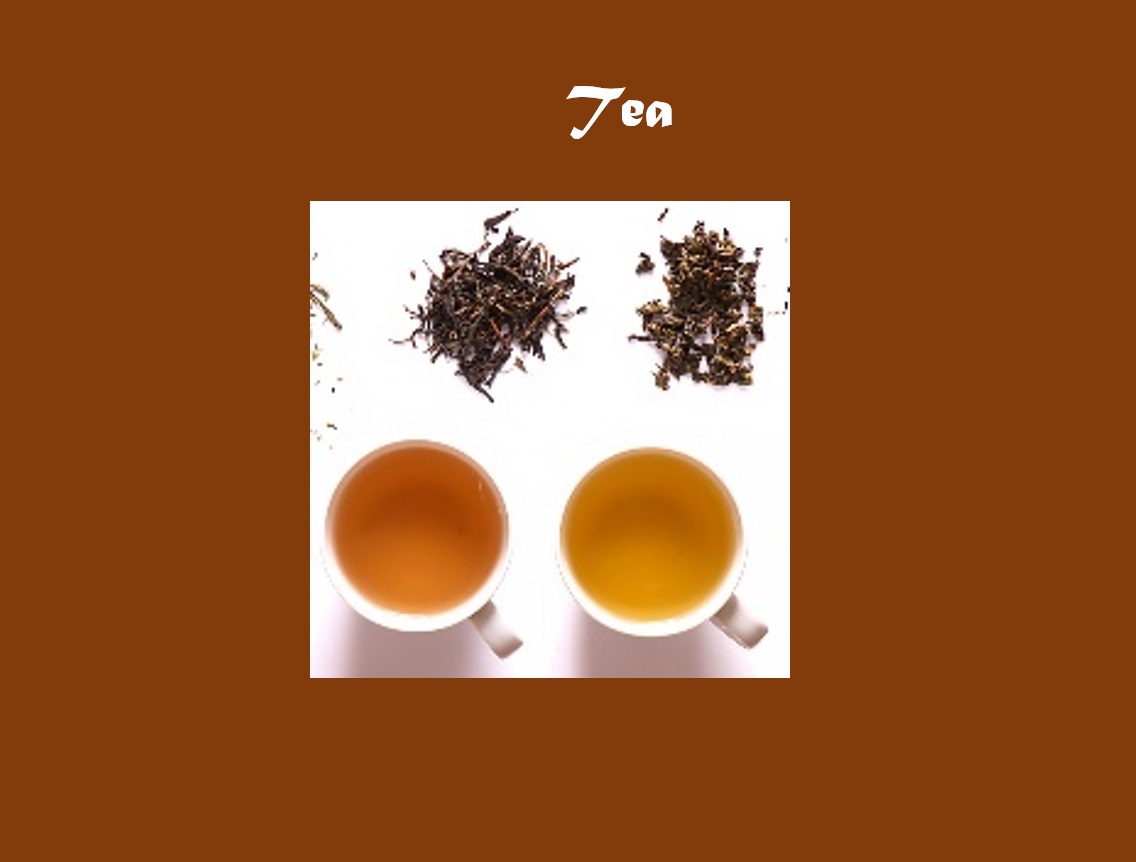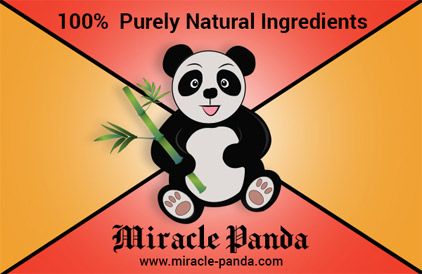Blog Details
Tea
July 13, 2022

There are many different types of tea; some have a cooling, slightly bitter, and astringent flavor, while others have vastly different profiles that include sweet, nutty, floral, or grassy notes Tea is an aromatic beverage prepared by pouring hot or boiling water over cured or fresh leaves of Camellia sinensis, an evergreen shrub native to China, India and other East Asian countries. Tea is also rarely made from the leaves of Camellia taliensis. After water, tea is the most widely consumed drink in the world.
Based on TCM, tea can be used to clear heat, especially in the head region; quenches thirst, diuretic, down bear qi, disperse digestive obstruction, refresh the mind, transform phlegm and dampness, detoxifies, and harmonizes the stomach (black tea).
The preparation methods of tea are brewed, powdered, and a decoction.
Tea contains caffeine, tannins, essential oils, vitamin C and carotene, vitamin B1 and B2, and minerals.
Some indications that can be reduced by tea are:
* Wind–cold disorders: aching, itchy eyes; blurred vision, headaches, heat sensation, and dizziness in the
head.
* Summer heat with strong thirst.
* Heat symptoms: thirst, nervousness, agitation, after excessive alcohol consumption.
* Damp–heat disorders: diarrhea or dysentery.
* Damp–heat: fatigue, exhaustion, heavy extremities.
* Heat symptoms: agitation, nervousness, after excessive alcohol consumption.
* Internal wind-heat: the sensation of heat in the head, dizziness, blurred vision, headaches, and aching
eyes.
Note: this is just information regarding tea. For the usage and dosage and the specific health issue, please consult with the herbalist or your health care provider.
v Miracle Panda’s products are made of natural ingredients.
v Manufacturer Representatives and Distributors are needed.
References:
- Kastner, Joerg. (2004) Chinese Nutrition Therapy. Complementary Medicine.
- Wikipedia. (2022). Tea. https://en.wikipedia.org/wiki/Tea


 English
English Indonesian
Indonesian